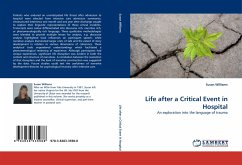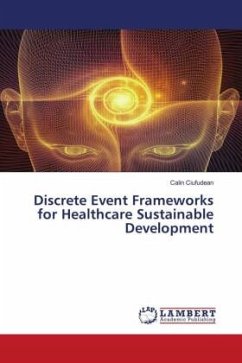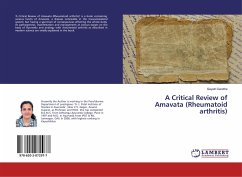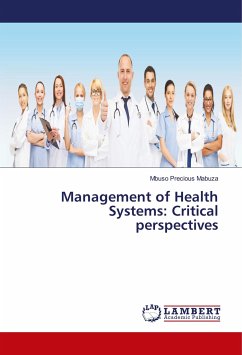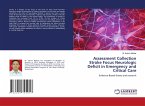Patients who endured an unanticipated life threat after admission to hospital were selected from intensive care admission summaries. Unstructured interviews one month and one year after discharge sought to explore their linguistic representations of those critical incidents. Transcripts were colour differentiated into discourse rich, narrative rich, or phenomenologically rich language. Three qualitative methodologies were blended to provide multiple lenses for analysis, e.g. discourse analysis highlighted local influences on participant speech, while narrative analysis illuminated larger units of talk and the extent of story development in relation to various dimensions of coherence. These analytical tools engendered understandings which facilitated a phenomenological rendering of experience. Although participants had unique experiences, significant life disruption was evident in both the content and structure of narratives. A correlation between the resolution of that disruptionand the level of narrative construction was suggested by the data. Future studies could test the usefulness of narrative development theories for psychological recovery after intensive care.
Bitte wählen Sie Ihr Anliegen aus.
Rechnungen
Retourenschein anfordern
Bestellstatus
Storno

